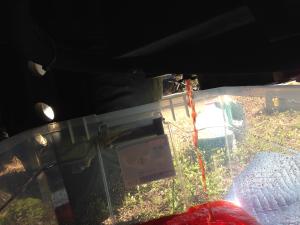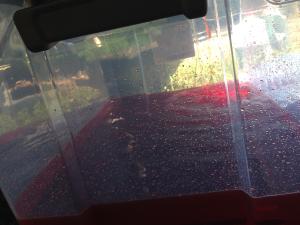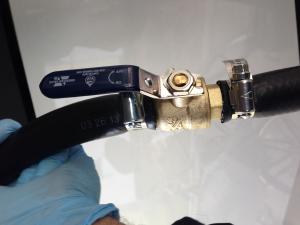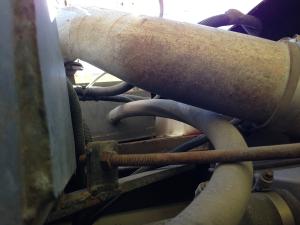–
For us buying a new motorhome inevitably means doing a large amount of neglected maintenance. Couple that with the fact that this is our first diesel and that means that this is quite the learning experience. Our new engine is the Cummins M11 Celect+, also known as the ISM. Ours is a pretty early (for cummins) electronic injected common rail diesel engine. This type of engine offers (typically) a bit better gas mileage and there is no lift pump to fail - BUT - it has expensive injectors and high pressure fuel pump to fail. As with most things, it’s give and take but our priority was power and we have it.
One of the most important differences between a gasoline and wet sleeve diesel engine is that coolant doesn’t just matter - it’s critically important. Diesels operate at a far higher compression ratio than their gasoline counterparts and one of the side effects is that the sleeve the piston rides in bounces back and forth at such a velocity that a cavitation bubble is formed and instantly contracts. This effect degrades and eats at the cylinder liner resulting in potentially massive engine damage.
As if these fancy coolant requirements weren’t enough drama, stickers on our rig indicate that it was drained and filled with Texaco ELC coolant. This coolant happens to be the subject of a large fight between cummins and Texaco because some property of the coolant caused it to attack silicone - a product used in gaskets and hoses on cummins engines of the era. This causes leaky rocker arm cover gaskets as well as other issues. We don’t have any leaks that I can tell but we shouldn’t reuse this.
So after all this drama and tons of internet research, I come to find that Fleetguard ES Compleat OAT coolant is the same reddish/pink color, compatible with even large amounts of existing coolant (and thus a drain and fill versus a flush) and is absolutely the one coolant recommended by cummins. Score…. Except this stuff is EXPENSIVE. $13/gallon - and this thirsty beast requires a whopping 18 gallons! To hold the coolant we used a 19 gallon rubbermaid tub from walmart, one of the better stronger looking ones. I filled it with water first to make sure it would hold and help us prevent creating an EPA violation. It held the coolant just fine until we filled with new coolant. Then we used a $7 harbor Freight transfer pump to move the coolant from the tub into the now empty new coolant bottles.
When you do a job like this, make sure to replace all of the rubber bits that go near hot parts of the engine. They are the parts that tend to degrade and burst, losing all of your new expensive coolant. These engines have coolant filters. If you go to a dealer they may tell you to use a WF2071. This filter is designed for long haul trucks and cannot handle the length service interval that motorhomes may have. As such for motorhomes make sure to use the WF2321 (if you have an ISM). Basically - there are different ones, make sure you get a good one. It will cost you dearly but the engine costs a lot more! If you want to change just the filter, there is a bypass knob just above where it mounts. This lets you take off the filter without losing a bunch of coolant.
Last modified: 21 October, 2014
Created: 13 March, 2014




